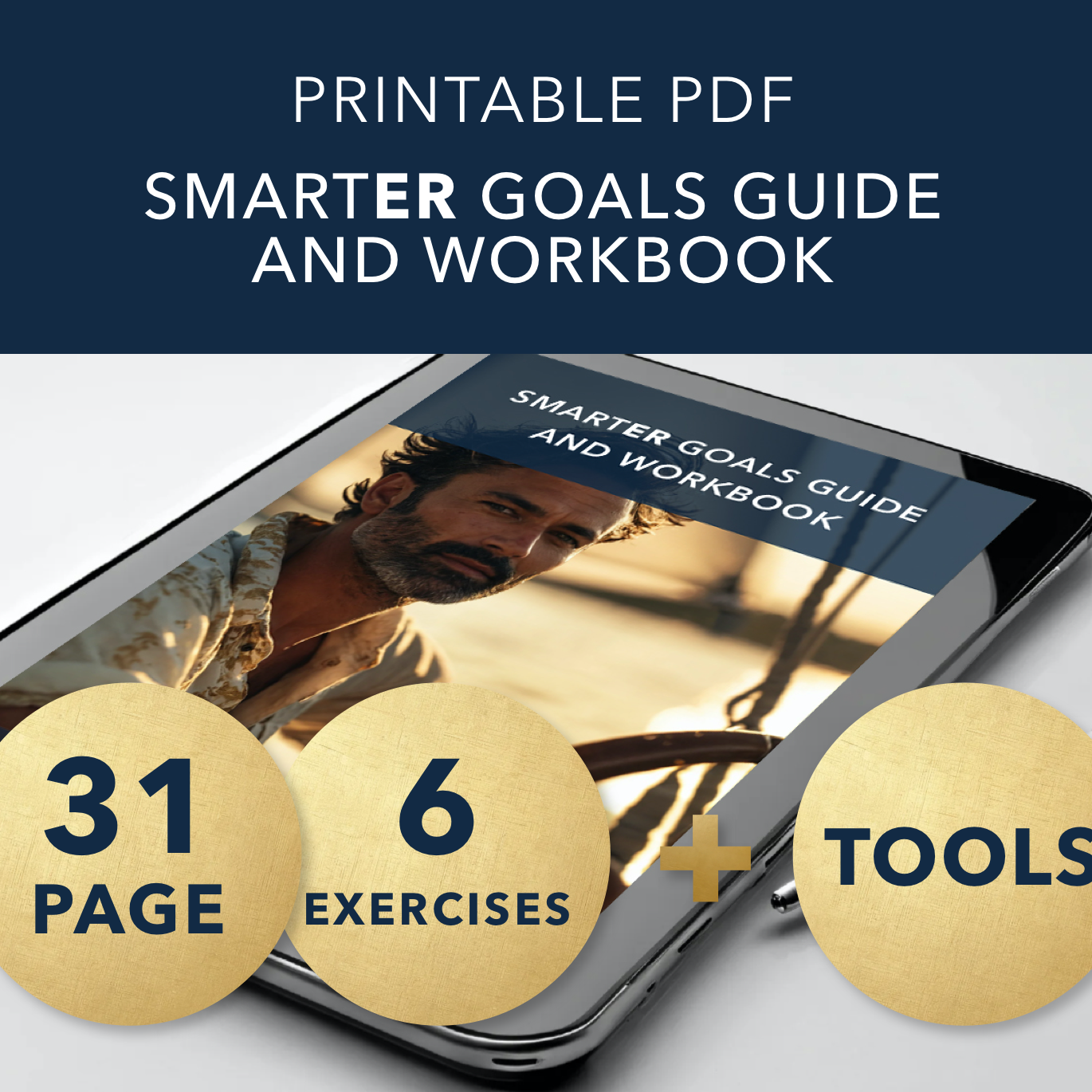The Hypothesize – Execute – Validate – Measure (HEVM) cycle emerges as a cornerstone for lean and adaptable practices. This iterative cycle not only provides a framework for building and scaling products but also ensures continuous improvement and alignment with market needs. Let’s explore how to leverage the HEVM cycle across various stages of product development.
The science behind the Hypothesize – Execute – Validate – Measure (HEVM) cycle
The Hypothesize – Execute – Validate – Measure approach embodies the essence of the scientific method, creating a structured and iterative framework for building successful products and processes. At its core, the scientific method involves formulating hypotheses, conducting experiments, observing outcomes, and measuring results.
The science behind this approach lies in its commitment to empirical evidence and data-driven decision-making. Each phase aligns with fundamental steps in the scientific method, from proposing a hypothesis to drawing conclusions based on observed and measured outcomes. This iterative learning process fosters continuous improvement, echoing the scientific method’s principle of refining hypotheses based on findings. Moreover, the approach emphasizes adaptability, allowing teams to respond to unexpected results or changing conditions—a hallmark of both scientific research and agile product development.
Scientific Rigor in Lean Product Development
In the context of product development, this translates into making clear and testable assumptions (hypothesize), implementing those assumptions through product creation (execute), closely monitoring real-world performance (validate), and quantitatively analyzing collected data (measure).
In essence, the Hypothesize – Execute – Validate – Measure approach integrates the scientific method into product development, fostering a systematic and evidence-based methodology for building and refining successful products.
Versatility
The HEVM is widely leveraged in product hypothesis testing and validation. However, we believe its potential use extends far beyond just product feature hypotheses and may be applied to anything, including ideation validation, MVP definition, organizing the development process, and team management. Let’s explore how we can apply the Hypothesize – Execute – Validate – Measure principle to various situations, examining what we need to execute, how we can validate, and the ways to measure.
For these examples, we have selected four of the most commonly occurring processes that very well follow the HEVM cycle – ideation and proof of concept, identifying MVP, continuous user testing and pivoting if market changes,, and handling a live product.
And as a bonus, we are adding couple more processes where HEVM may be implemented but usually is not at all, or implemented half way – working with business and stakeholders on maintaining clarity on the product that is being developed, and establishing development team dynamics and process
Ideation and Proof of Concept
Why use HEVM?
Ideation and Proof of Concept serve as the initial building blocks for any successful product development journey. This approach ensures that innovative ideas are not just fleeting thoughts but undergo a structured process of evaluation. Utilizing the HEVM cycle in ideation and proof of concept transforms abstract ideas into tangible, validated concepts, setting a strong foundation for the subsequent stages of product development
- Hypothesize: Begin with a clear hypothesis about the problem you aim to solve or the opportunity you want to explore. Formulate assumptions and articulate the expected outcomes.
- Execute: Develop a proof of concept (POC) based on your hypothesis. This can be a small-scale prototype or a simplified version of your idea. Keep the execution focused on validating the core assumptions.
- Validate: Gather feedback from a select group of potential users. Assess whether the POC addresses the identified problem or opportunity. Validate assumptions and refine your understanding of user needs.
- Measure: Establish key metrics to measure the success of your POC. This could include user engagement, feedback quality, or other relevant indicators. Use the data to determine the viability of moving forward.
Identifying MVP
Why use HEVM?
Identifying the minimum viable product (MVP) is pivotal to streamline resources and focus on delivering the core value proposition. This approach ensures that the product aligns closely with user needs, reduces development complexities, and accelerates time-to-market. It’s an absolutely necessary strategic move to prioritize features that bring maximum value, leading to a more efficient and targeted product development process
- Hypothesize: Frame hypotheses around the core features and value proposition of your Minimum Viable Product (MVP). Identify assumptions related to user behavior, preferences, and market dynamics.
- Execute: Develop the MVP with a focus on the identified core features. Keep it lean and functional to expedite the validation process. Ensure that the MVP aligns with the hypotheses you’ve set.
- Validate: Launch the MVP to a wider audience and collect user feedback. Monitor user interactions and gather quantitative and qualitative data. Validate assumptions and iterate on features based on real-world usage.
- Measure: Analyze key performance indicators (KPIs) related to user acquisition, retention, and engagement. Measure the success of your MVP against the predefined metrics. Use the insights to inform future iterations.
Continuous User Testing and Pivoting if Market Changes
Why use HEVM?
Continuous user testing and the ability to pivot in response to market changes are critical components for staying aligned with user needs and market dynamic and ensures that the product remains user-centric. The flexibility to pivot enables quick adjustments to align with evolving market demands.
- Hypothesize: Form hypotheses about user needs, preferences, and market trends. Anticipate potential changes in user behavior or market conditions.
- Execute: Continuously conduct user testing and gather feedback. Stay attuned to market dynamics and be proactive in identifying shifts in user behavior or emerging trends.
- Validate: Regularly validate hypotheses through user feedback and market analysis. Assess whether the product remains aligned with evolving user needs and expectations.
- Measure: Use real-time data to measure the impact of any pivots or adjustments made based on user testing and market changes. Monitor user satisfaction, retention rates, and competitive positioning.
Handling Live Product
Why use HEVM?
Handling a live product is a continuous and dynamic process that demands ongoing attention and improvement. Hypothesizing, executing, validating, and measuring, allows to iteratively enhance the live product’s features, performance, and user experience. This approach is necessary and serves as a proactive strategy to address evolving challenges, seize new opportunities, and maintain the product’s relevance.
- Hypothesize: Form hypotheses about opportunities for product enhancement, new feature development, or potential expansions. Identify areas where the product can evolve to better serve user needs.
- Execute: Implement planned enhancements or new features based on your hypotheses. Roll out updates to the live product, ensuring minimal disruption to existing users.
- Validate: Gather user feedback on the new features or enhancements. Assess whether the changes positively impact user experience and address the identified opportunities.
- Measure: Monitor user engagement with the updated product. Measure the success of the implemented changes through metrics like user adoption rates, feature utilization, and overall product satisfaction.
Clarity in Product Development Between Business and Team
Why use HEVM?
It’s crucial that both the business understands the product they will get, and the team understands the business requirements. This importance is often underestimated. But it’s a process and should be recurring; therefore, it may follow a cycle, and why not the HEVM cycle?
- Hypothesize: Develop hypotheses for effective strategies fostering clarity in product development. Formulate assumptions about communication, documentation, and translating business requirements for the team.
- Execute: Implement hypothesized strategies—communication protocols, documentation, and clear channels for translating business needs into actionable tasks.
- Validate: Actively assess clarity between stakeholders and the development team. Solicit feedback to evaluate the effectiveness of strategies, ensuring mutual understanding.
- Measure: Employ metrics like feature accuracy, alignment with business goals, and stakeholder satisfaction to quantify strategy success. Iterate based on outcomes for continuous enhancement throughout the development lifecycle. This iterative approach ensures shared understanding, minimizing misunderstandings and maximizing development efficiency.
Establishing Development Team Dynamics and Process
Why HEVM?
Ensuring that the team comprehends the business requirements and the business grasps the nature of the product is of utmost importance in the development process. This aspect is frequently undervalued, but by incorporating a cyclic approach, such as the HEVM, it becomes a systematic and repetitive process, contributing to better communication and understanding between the business and the development team
- Hypothesize: Formulate hypotheses about the most effective team structure, communication channels, and development processes. Consider factors like team collaboration, task allocation, and agile methodologies.
- Execute: Implement the hypothesized team dynamics and processes. This could involve adopting agile frameworks, defining communication protocols, and establishing feedback loops within the team.
- Validate: Monitor team dynamics and process efficiency. Gather feedback from team members on the effectiveness of the established processes. Assess whether the hypothesized strategies contribute to a productive and collaborative environment.
- Measure: Use metrics such as sprint velocity, task completion rates, and team satisfaction to measure the success of the established dynamics and processes. Iterate on the team structure and processes based on the measured outcomes.
The Hypothesize – Execute – Validate – Measure cycle serves as a versatile and powerful tool throughout the entire product ideation, design, and development journey. It aligns seamlessly with the Agile development methodology, allowing not only for testing product hypotheses but also for evaluating any kind of hypothesis that may emerge throughout the product creation process—from the initial idea to execution and, ultimately, live product maintenance and enhancement. Whether in the early stages of ideation or managing a live product, embracing the HEVM cycle ensures a dynamic and responsive approach to lean product development.
Needless to say, anyone can adopt this approach for various business or personal needs, given its scientific, simple, smart, and success-driven nature.










No responses yet